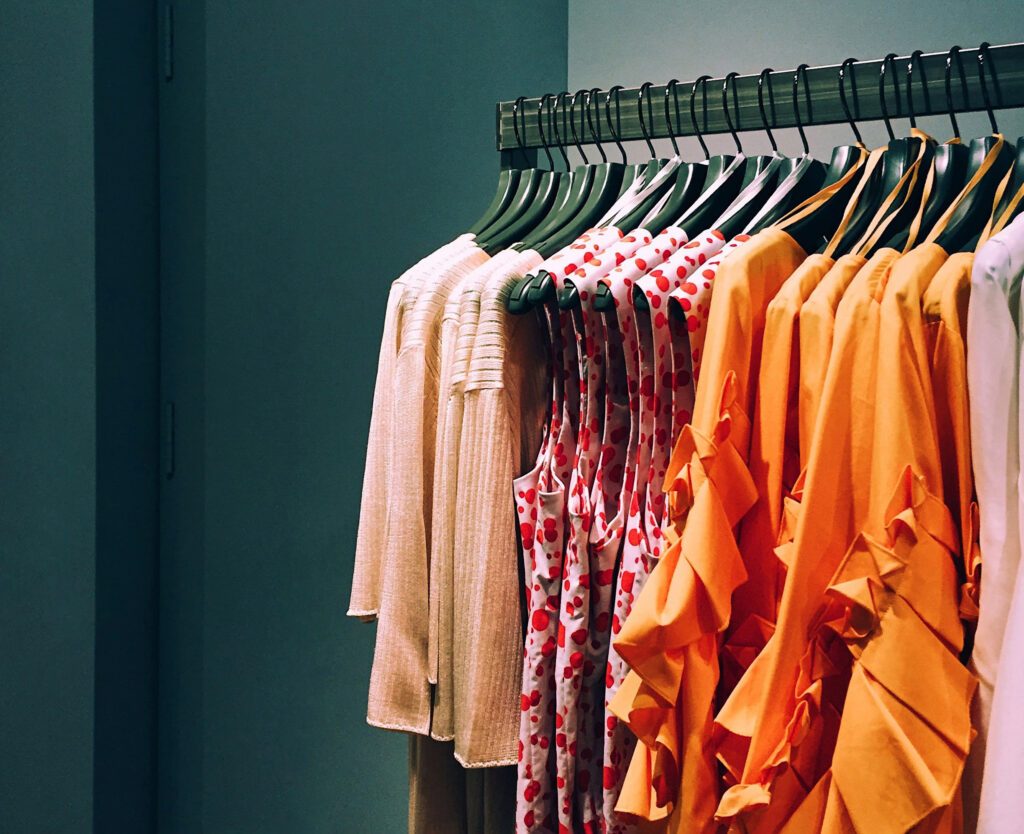The Business of Fashion: B2B Vs. B2C
30 October 2023

30 October 2023

The fashion industry is a vast and diverse sector that caters to both businesses and individual consumers. When it comes to distribution and operations, two primary models exist: Business-to-Business (B2B) and Business-to-Consumer (B2C). This article will explore the key differences between B2B and B2C operations in the fashion industry, with a particular emphasis on the intriguing world of off-price trading.
B2B operations in fashion primarily target retailers, wholesalers, and other businesses and are not focused on selling to individual consumers directly.In regards to volume and sale B2B transactions often involve bulk orders and large quantities of products. This is due to the need to supply retailers or other fashion-related businesses with inventory.Pricing in B2B operations is typically lower per unit because of the volume of items ordered and discounts are often given to encourage larger orders.
Off-price trading in B2B involves selling excess inventory, closeout items, or unsold items to other businesses or retailers. This allows the fashion brands and wholesalers to clear out surplus stock efficiently and sustainably. As for the relationships created in a B2B operation, they rely heavily on long-term relationships with business partners that foster trust and collaboration.
The differentiating factor between B2C operations and B2B is that they focus directly on individual consumers, offering products for personal use. Transactions are generally for smaller quantities, as individual consumers purchase according to their needs and preferences and prices for individual consumers are often higher per unit due to lower volume orders. Some discounts may be offered, but they tend to be less substantial than those offered in B2B transactions. As for off-price trading in B2C is commonly seen in outlet stores or online flash sales, consumers can purchase discounted products from past seasons or overstock items. Digital marketing is very important for B2C fashion operating as they rely on direct marketing and advertising to reach and engage individual consumers.
Off-price trading is an intriguing concept in the fashion industry, bridging the gap between B2B and B2C. It involves selling excess inventory and discontinued items at discounted prices. Here are some key points about off-price trading:
In conclusion, the fashion industry employs distinct business models to cater to different audiences. B2B and B2C operations serve their purposes, and the realm of off-price trading acts as an intermediary, allowing businesses to manage excess inventory efficiently while offering budget-conscious consumers access to quality fashion items at a fraction of the cost.